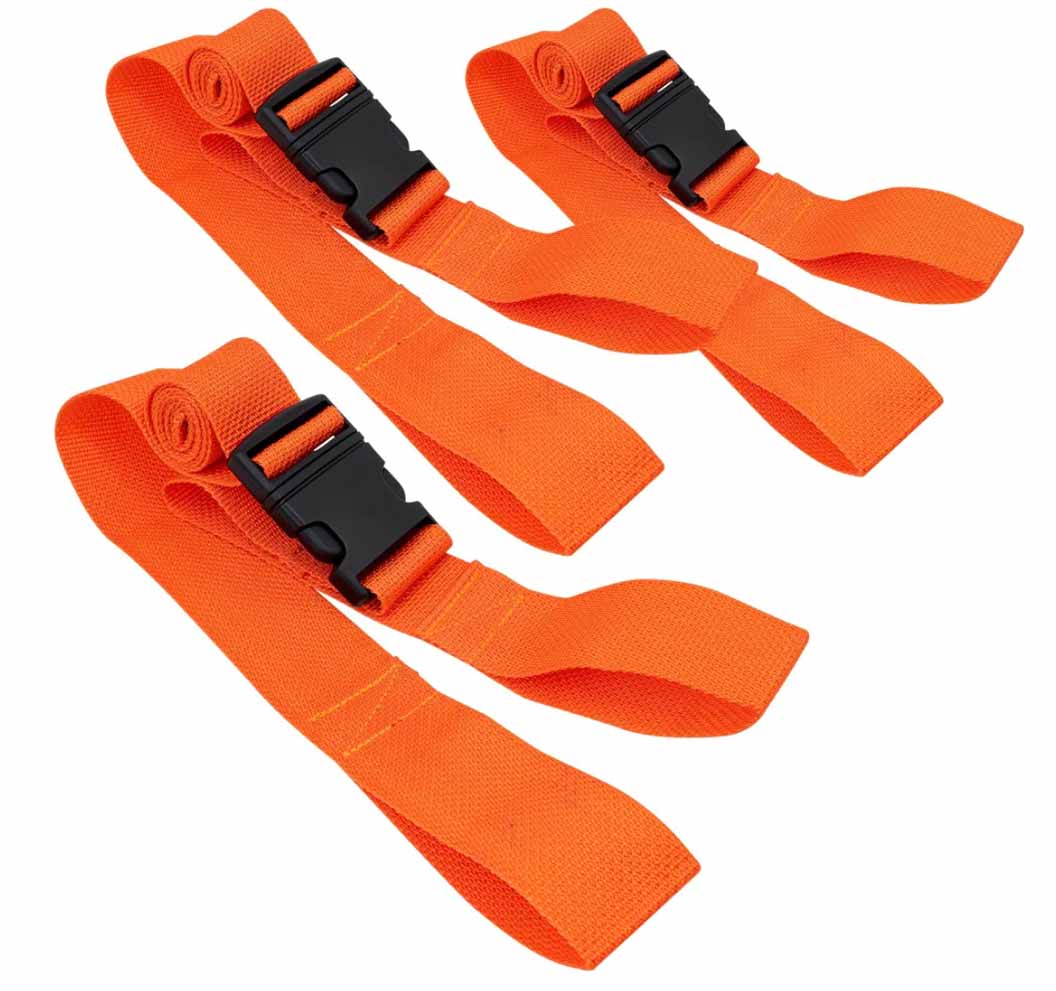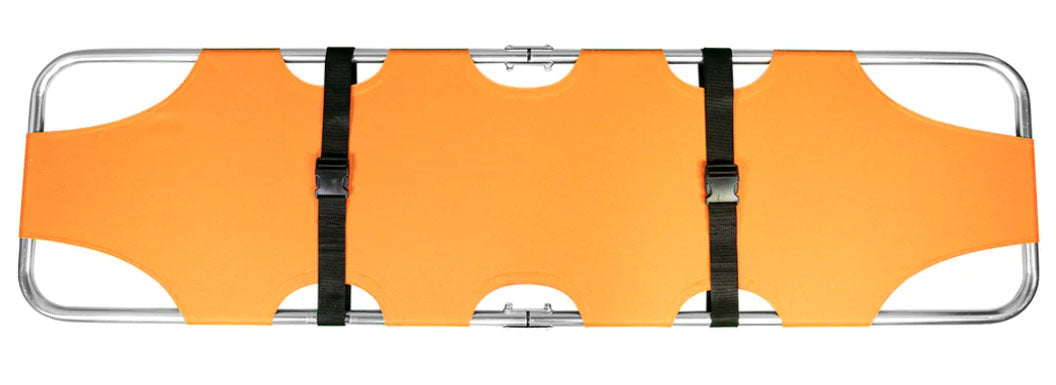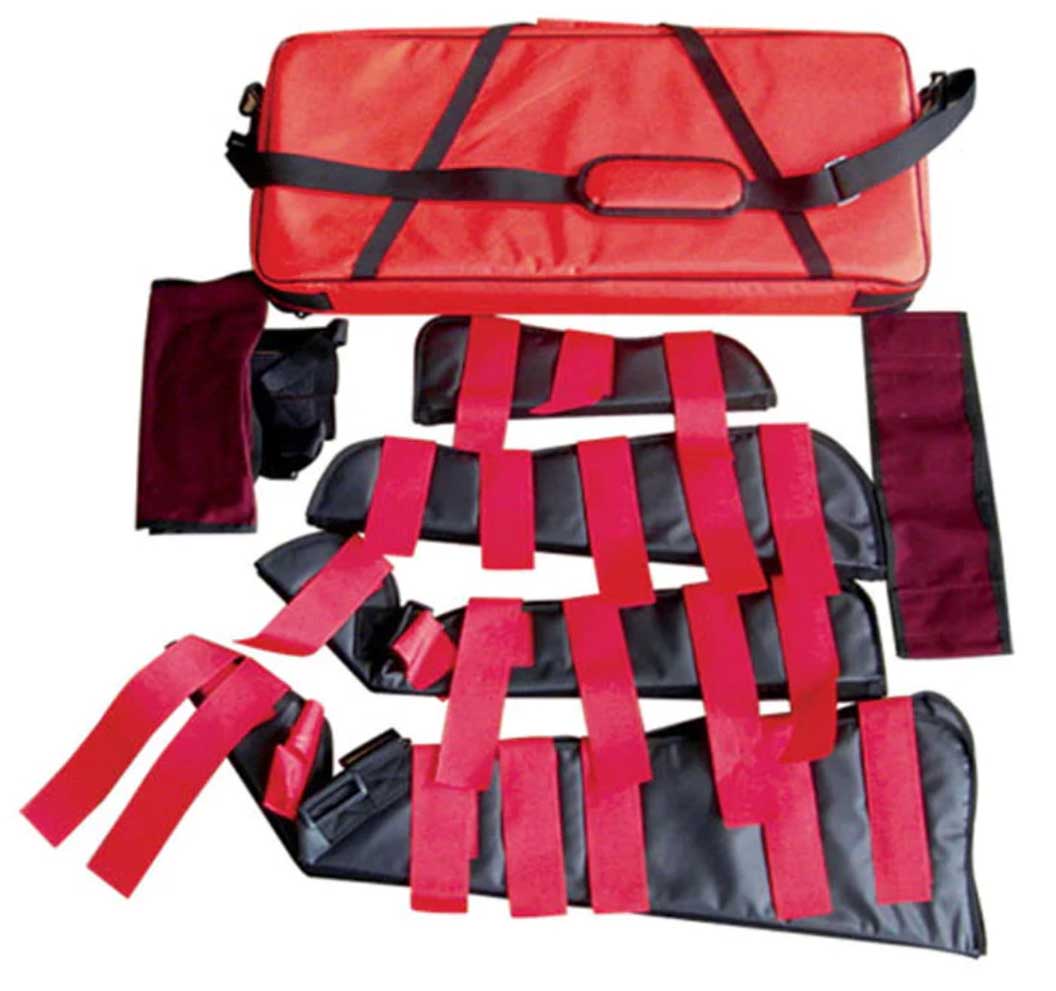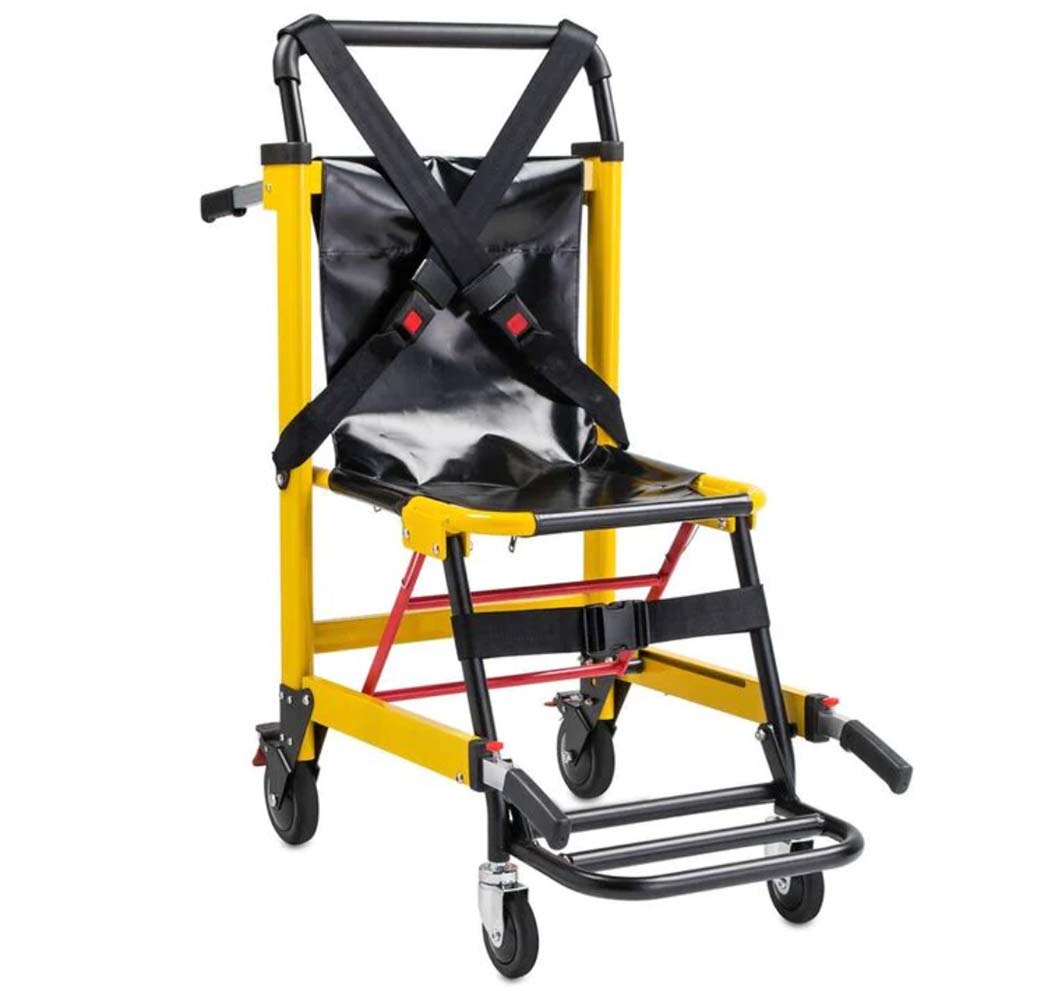Life-Saving Strategies: Mastering EMS Vehicle Extrication

Emergency Medical Services (EMS) play a pivotal role in vehicle extrication, ensuring the safety and health of individuals after traffic accidents. These highly trained professionals are tasked with medical assessment, stabilization, and on-scene care, which are critical for the patient's recovery. The complexity of extrication operations necessitates specialized tools and swift, strategic decision-making to handle each accident's challenges, underscoring the value of continuous training and skill development.
Understanding Vehicle Extrication
Vehicle extrication is the careful removal of a person from a wrecked vehicle when standard exits are unusable, often due to significant vehicle damage or the patient's injuries. This delicate procedure requires EMS to provide medical evaluation and treatment on-site, working in concert with fire departments and other services to ensure a rapid and safe extraction while managing risks such as hazardous materials and vehicle instability.
The Process of Vehicle Extrication
The multifaceted process of vehicle extrication requires coordinated teamwork. This includes scene assessment, patient evaluation, vehicle stabilization, gaining access, providing patient care, and safe removal and preparation for transport. Each step is carried out with the utmost care, emphasizing effective communication and collaboration among all emergency services involved.
Tools and Technologies in Vehicle Extrication
EMS and rescue teams rely on a suite of tools and technologies tailored to facilitate efficient vehicle extrication. The right equipment is integral to successful operations, from hydraulic rescue tools to extrication collars, spinal boards, and advanced airbag systems. Embracing technological advancements, such as battery-operated hydraulic tools and thermal imaging cameras, can further enhance the safety and efficiency of these high-stakes procedures.
Recommended Products for EMS Vehicle Extrication
In the world of EMS vehicle extrication, having the right tools can significantly improve operational efficiency and patient safety. Here are some essential products from LINE2EMS that should be part of every EMS team's toolkit:
LINE2design EMS Medical Cervical Extrication Collars Bag - Navy Blue:
- Features: Holds up to 20 cervical collars, with zippered pockets for easy access and internal dividers for organization.
- Advantages: Durable, tear-resistant, and sized for ambulance and fire engine compartments.
- Use: Ideal for storing and transporting cervical collars, a staple in spinal immobilization during extrication.
LINE2design Backboard Spine Board Straps Adjustable Strap 3PK:
- Features: Adjustable length with loop ends and quick-release buckles, reflective center stripe for visibility.
- Advantages: Durable and disposable, allowing for secure immobilization on backboards.
- Use: Ensures patient stability during transportation after extrication.
LINE2design EMS Emergency Medical Fold Away Stretcher - Orange:
- Features: Foldable stretcher with steel bars for support, waterproof and anti-tear PVC material.
- Advantages: Easy to clean, portable, with a load limit of 350 lbs, and folds for compact storage.
- Use: Useful for quick patient transport from the extrication site to the ambulance.
LINE2design Heavy Duty Emergency Fracture Immobilization Splints with Carrying Case - Red:
- Features: A complete set of arm and leg splints, including an arm/shoulder immobilizer, in a waterproof, x-ray transparent kit.
- Advantages: Ambidextrous use, sturdy, and easily transportable in a red carrying case.
- Use: For immobilizing and stabilizing fractures, which is often required after vehicle accidents.
LINE2design Medical EMS Flex All Roll Splint - Orange:
- Features: A moldable, lightweight, and universal splint that can be shaped to fit any injured limb.
- Advantages: Easy to cut and customize, suitable for children and adults.
- Use: Handy for various immobilization needs in the field, especially for quick splinting.
Deluxe Heavy Duty Emergency Medical Evacuation Stair Chair - 4 Wheel in Yellow
- Features: Sturdy 2” tubular welded frame for high visibility and durability, with a heavy-duty vinyl seat and backrest.
- Advantages: Quick release restraint straps for safety, easy maneuverability with large rear and swivel front wheels, and telescoping handles for optimal leverage.
- Use: Designed for safe and comfortable evacuation on stairs and flat surfaces, requiring two trained operators for optimal safety.
Each of these products is designed with the unique demands of EMS vehicle extrication in mind, ensuring that teams are equipped to handle a wide range of emergencies effectively.
Challenges in Vehicle Extrication
EMS personnel face numerous challenges during vehicle extrication, from dealing with unstable vehicles to managing hazardous materials and addressing severe injuries within confined spaces. Strategic measures, such as vehicle stabilization and the use of specialized equipment, coupled with comprehensive training, are essential in overcoming these obstacles and ensuring patient safety.
Do's and Don'ts in EMS Patient Care During Extrication
Essential do's and don'ts include:
Do's:
- Ensure Patient Stability: Use cervical collars and spine boards to immobilize patients, monitoring vital signs continuously.
- Maintain Airway Patency: Keep the patient's airway clear, providing oxygen or managing the airway as necessary.
- Communicate Calmly and Clearly: To ease their anxiety, reassure and inform patients about the ongoing process.
- Protect the Patient from Further Harm: Employ blankets or shields to protect patients from sharp edges and debris during extrication.
- Coordinate with Other Emergency Services: Collaborate seamlessly with firefighters, police, and other responders to integrate medical care with rescue efforts.
Don'ts:
- Rush Unnecessarily: Avoid hastening the process in a way that compromises safety or leads to mistakes.
- Neglect Patient Comfort: Small actions can significantly alleviate the patient's discomfort and stress.
- Move the Patient Unnecessarily: Minimize patient movement before stabilization to avoid worsening injuries, particularly spinal ones.
- Ignore the Potential for Hidden Injuries: Always consider the possibility of internal bleeding or spinal damage, treating patients cautiously.
- Forget Post-Extrication Care: Continue monitoring and treating the patient after extrication, prepared for any changes in condition en route to the hospital.
EMS personnel's approach to extrication must prioritize minimizing further injury while providing thorough care, reflecting their professionalism and dedication in challenging situations.
Training and Preparedness for EMS Professionals
Ongoing training and preparedness are the bedrock of EMS proficiency in vehicle extrication. Regular drills, safety and hazard training, and staying updated with the latest tools and techniques are necessary for EMS professionals to effectively execute their duties, ensuring the best possible patient outcomes.
Vehicle extrications are complex operations where EMS plays an indispensable role, from on-scene medical care to coordinating the safe removal of patients. The success of these operations hinges on the proficiency and preparedness of EMS teams, who must continually hone their skills and knowledge. As vehicle technology evolves, so too must the techniques and tools used in these critical rescues, reinforcing the ongoing need for education and training in this dynamic field.







